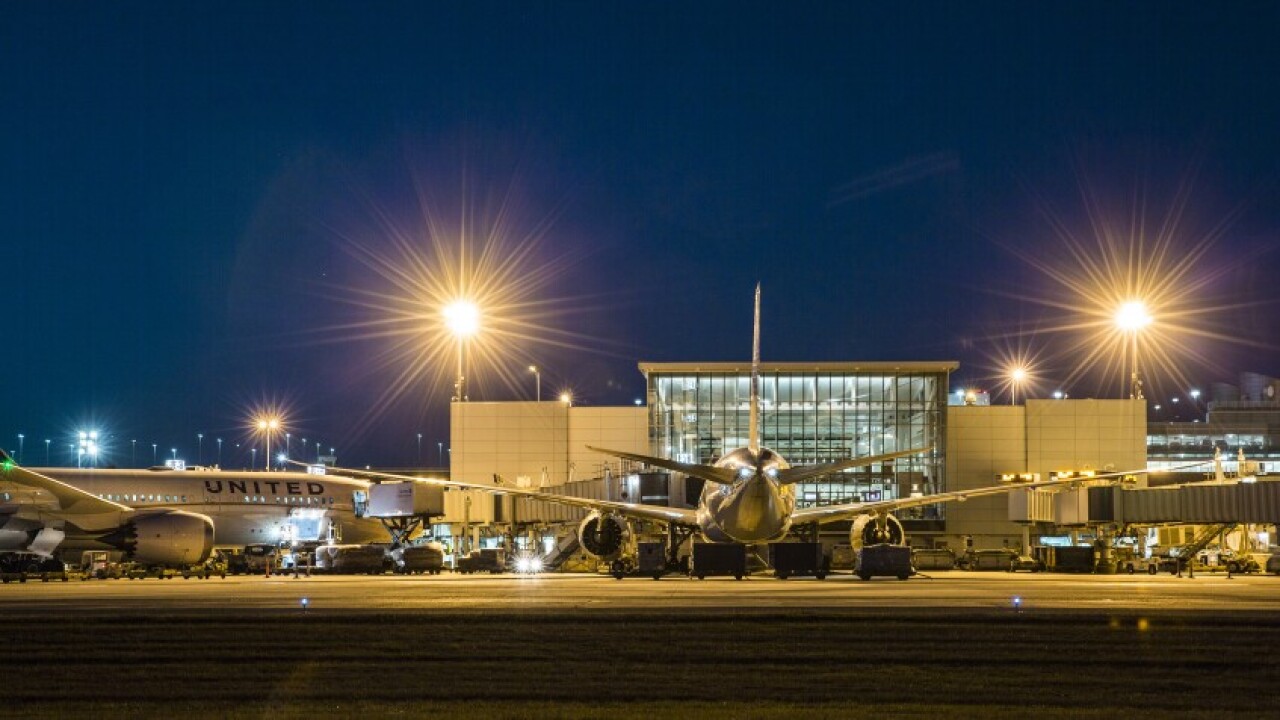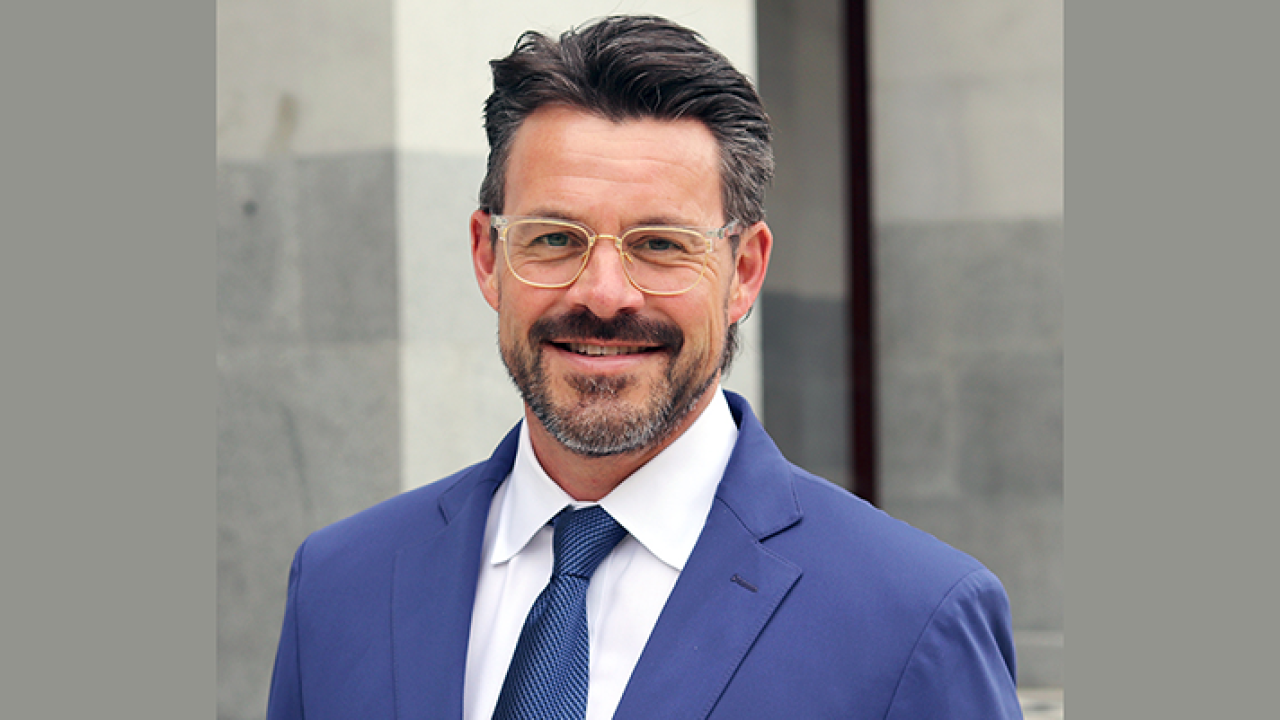The skyrocketing cost of fighting wildfires threatens the fiscal stability of states and could hinder fire prevention measures as some states divert funds from mitigation measures to fight fires, according to a Pew Charitable Trusts
The spiderweb of funding sources that pay for natural disaster recovery makes it hard to track the actual costs to localities, states and the federal government, Colin Foard, a co-author of the report and manager of Pew's Fiscal Federalism Initiative, said during a media briefing Wednesday.
"A small body of research about the state role in paying for and budgeting for wildfire activities has emerged in recent years, but a lack of data and information persists," according to the report.

Adding to that is the fact that each state employs a different method of paying for suppression, recovery and mitigation; and some states end up tapping money planned for mitigation efforts to extinguish fires, Foard said.
"As more frequent and severe fires drive up public spending, policymakers at all levels of government are faced with decisions about how to pay for the diverse array of interventions required to deal with them," the report said. "In recent years, the federal government has enacted budgeting policies to ensure money is available for fire suppression — efforts to extinguish or manage the path of fires — as well as mitigation activities that could help make future fires less severe."
Wildfires in the United States have been getting bigger and more frequent for decades, with a startling shift in recent years, the report said.
In the period from 2017 to 2021, the average annual acreage burned was 68% larger than the annual average from 1983 to 2016, Foard said.
"As fires have grown, so has public spending on wildfire management: Combined funding for wildfire activities undertaken by the U.S. Department of the Interior and the Forest Service, two of the federal agencies most involved in wildfire management, more than doubled from fiscal year 2011 to 2020," according to the report. "And while there is limited data on exactly how much states and local governments are spending on wildfires, available data shows significant growth in recent years."
Congress has taken some steps to address both budgeting and mitigation-related problems, including placing the "wildfire funding fix" in the fiscal 2018 federal budget, which created a new fund for the Department of the Interior and the Forest Service to access when fire needs exceed annual suppression budgets. This was intended to reduce the need to cut non-suppression programs in agency budgets to make room for the growing suppression demands, and to end the practice of reallocating existing mitigation funding for firefighting purposes, known as "fire borrowing," according to Pew.
The 2021 Infrastructure Investment and Jobs Act also dedicated $3.3 billion to reducing the risk of wildfire events.
States mainly tap general fund revenues to cover wildfire costs, but some have created statewide disaster accounts for the express purpose of covering urgent or unpredictable events, and to a lesser extent, use special revenue sources such as fees imposed on industries or property owners, according to the report.
Washington state spent an annual average of $24 million in state funds on wildfire suppression between 2010 and 2014, but from 2015 to 2019, that average more than tripled to $83 million, Pew reported.

California has experienced the seven largest fires in state history within the past four years. By mid-July in 2021, nearly 450,000 acres had burned in nine fires spread across Oregon, including Bootleg, the fourth-largest in the state's history. The state stands out as the one of those Pew researched that has experienced the most devastating and costly fires of any state.
An estimated $240 billion of the $3.9 trillion outstanding muni debt is exposed to significant wildfire risk, according to
The Pew findings are based on a year-long research project. The way state governments budget for wildfires is resulting in shortfalls, which has led states to rely on emergency funding measures that obscure the real cost of fires, according to Pew's report.
State governments must balance their spending and revenue every budget cycle, and local governments, although they were not analyzed for the report, also face significant challenges in meeting wildfire expenses and navigating the direct impacts of fires on communities, according to the report.
Nationally, from 2012 to 2021, there was an annual average of 61,289 wildfires and 7.4 million acres burned, according to a Congressional Research Services
Pew recommends establishing a national database to track wildfire expenditures by government at every level, and that states evaluate and strengthen how they plan for wildfires, maximize investment for mitigation and do a better job of tracking money spent on wildfires.
"Washington and California have made good steps in this direction," Foard said. "Wildfire data should be comprehensive and regularly be made available to policymakers at the state and federal level."





